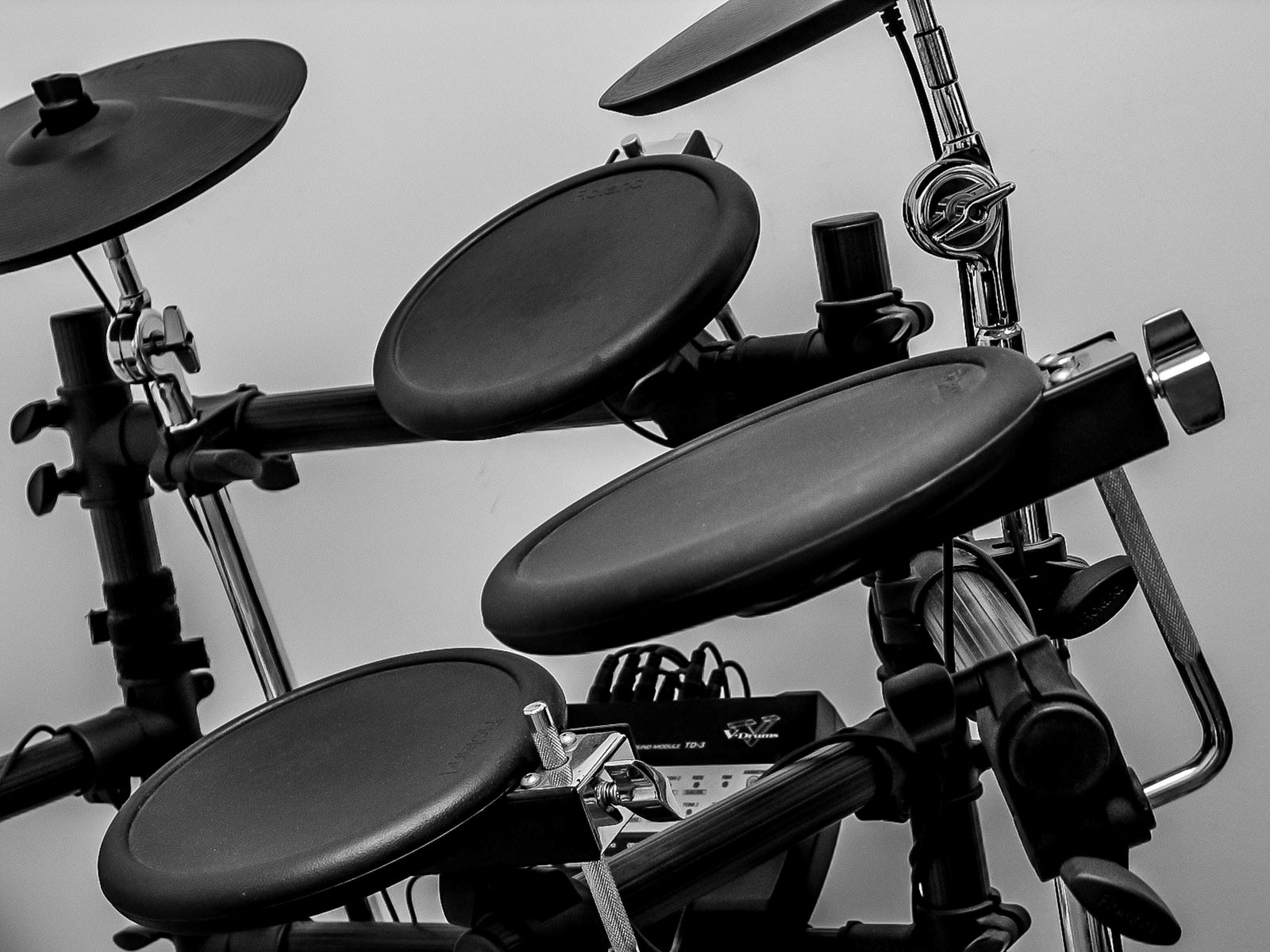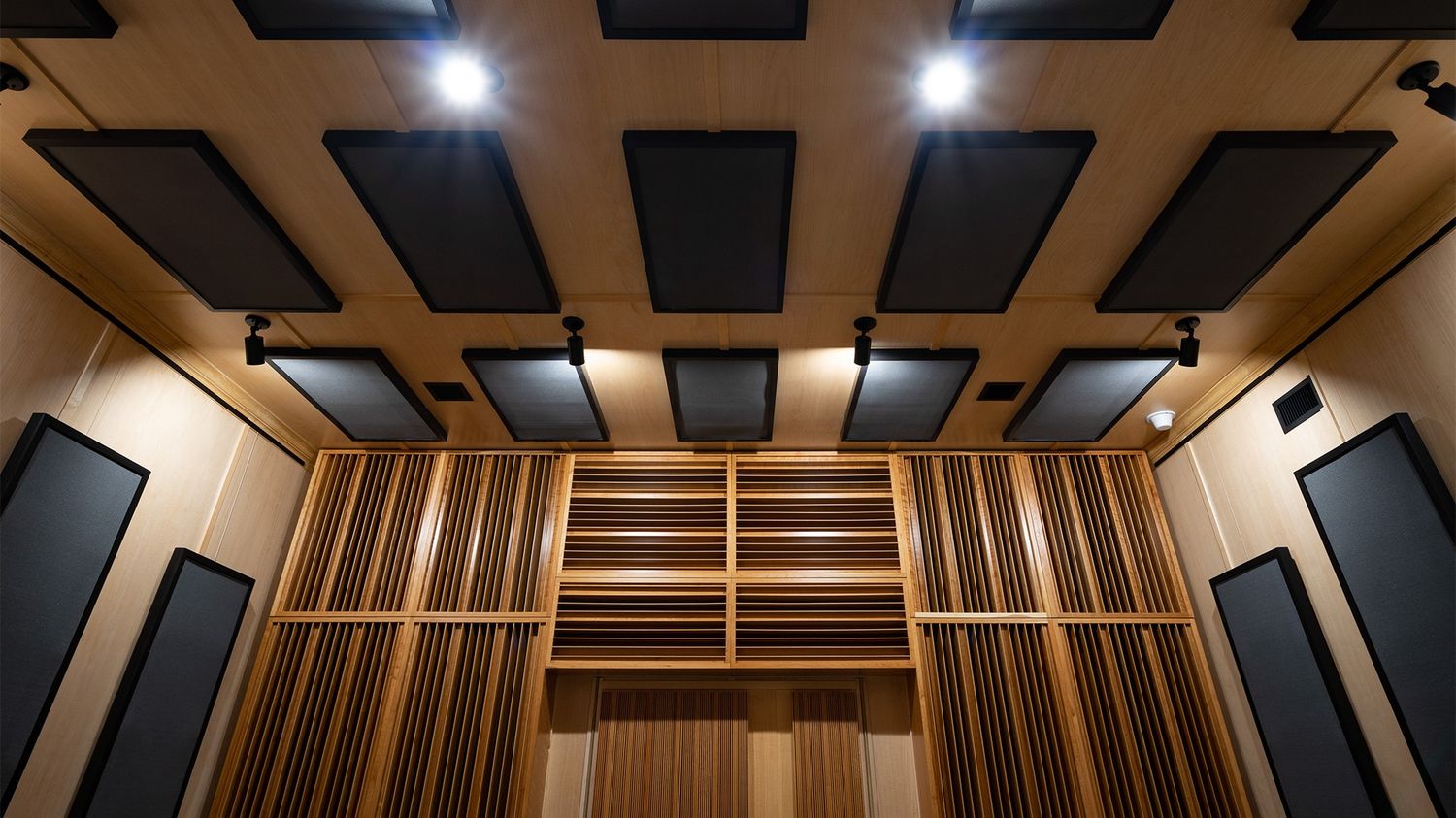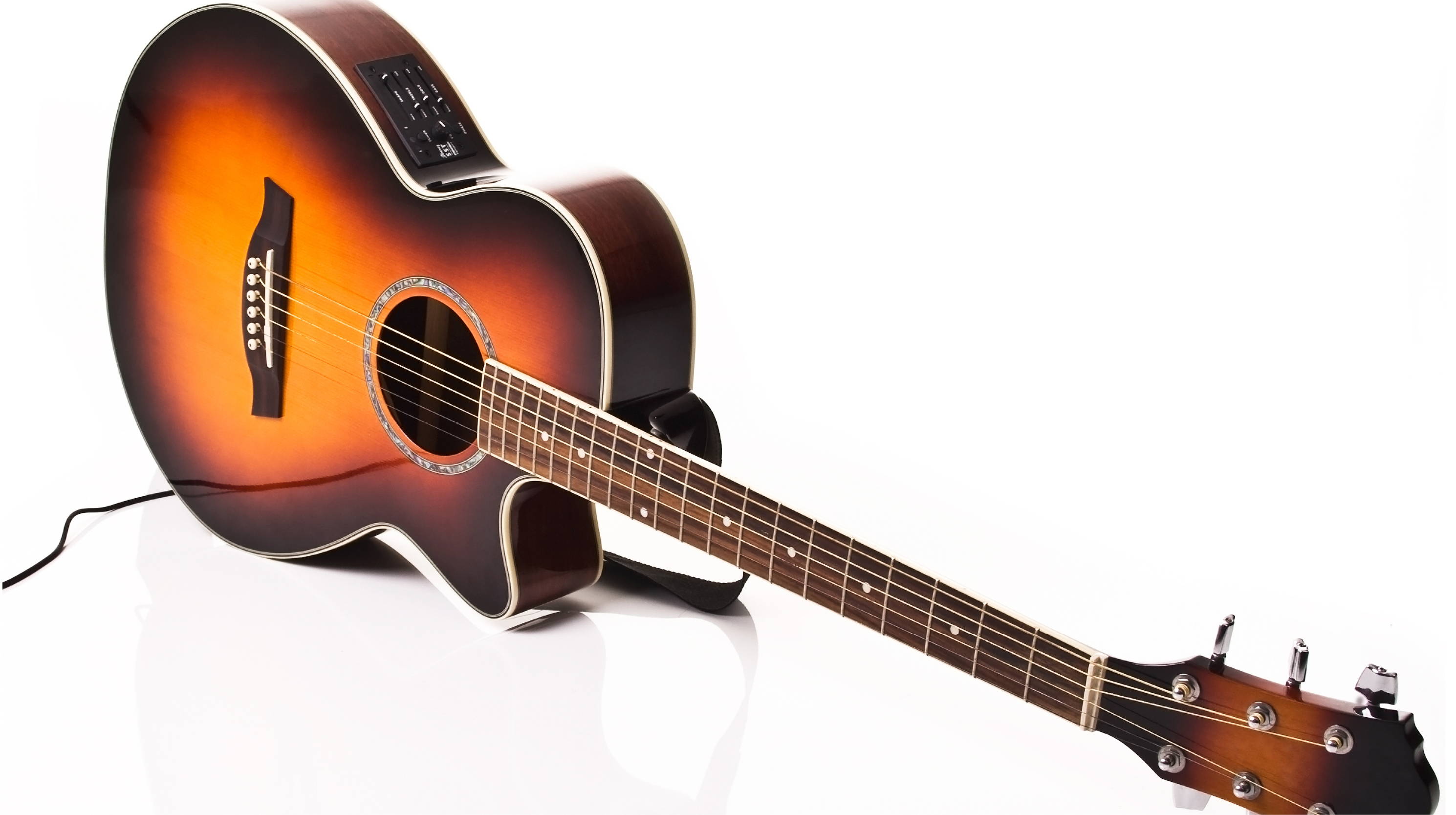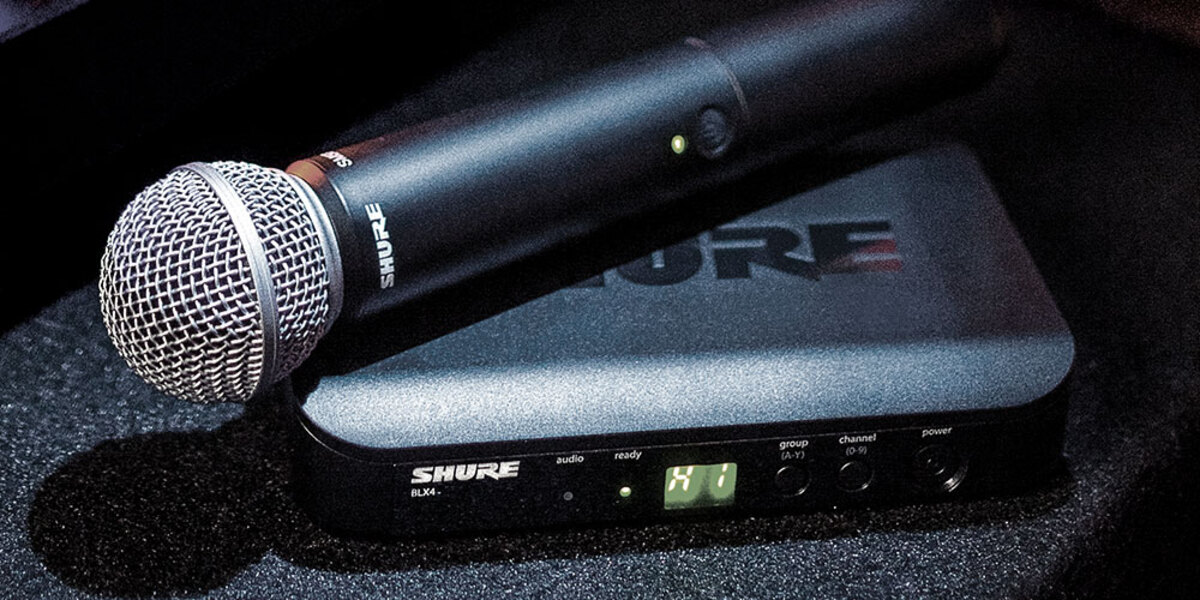Home>Instruments>Guitar>How Do Guitar Pickups Work
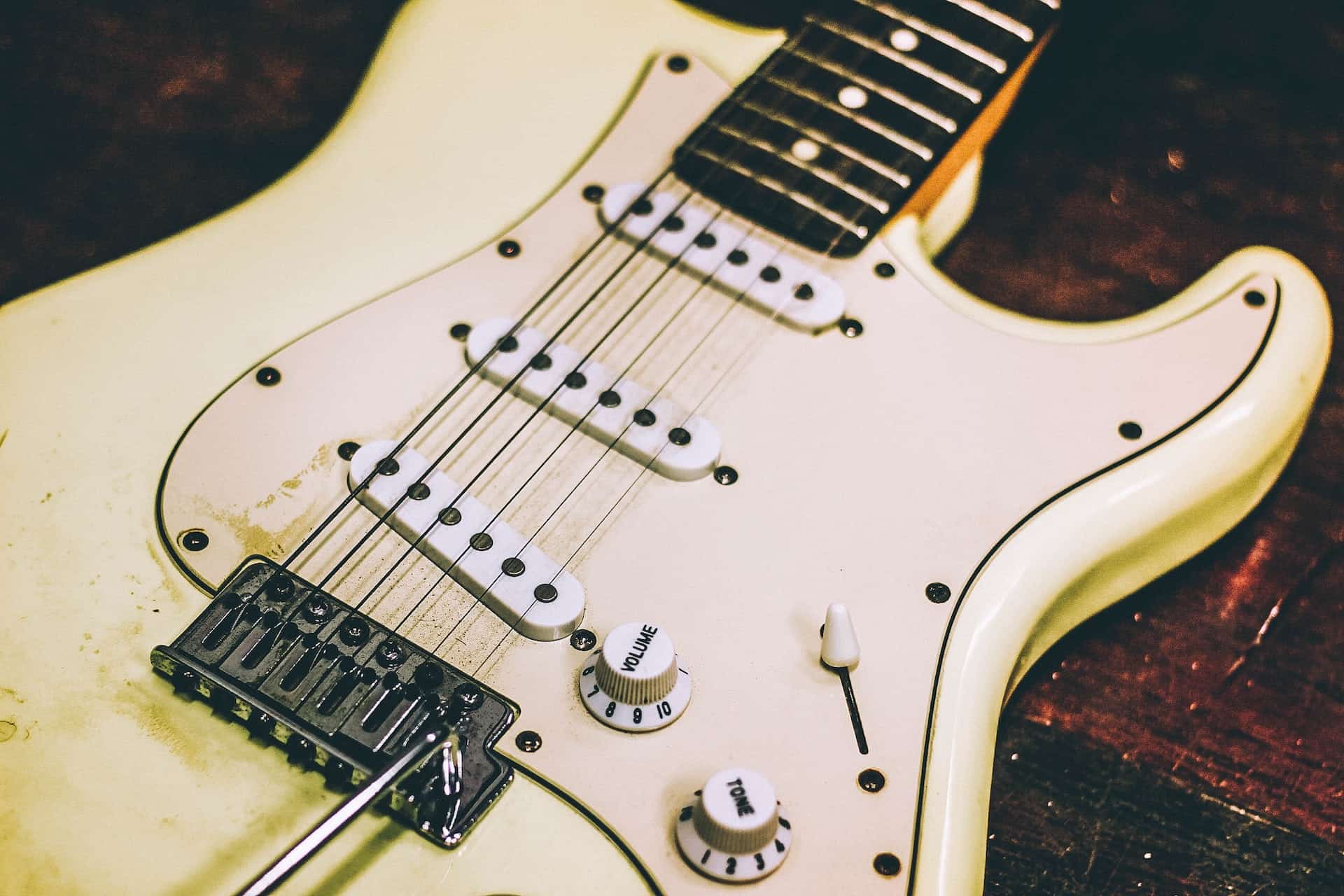

Guitar
How Do Guitar Pickups Work
Modified: February 15, 2024
Learn how guitar pickups work and how they affect the sound of your guitar. Discover the inner workings of pickups and their impact on your playing.
(Many of the links in this article redirect to a specific reviewed product. Your purchase of these products through affiliate links helps to generate commission for AudioLover.com, at no extra cost. Learn more)
Table of Contents
Introduction
For musicians and enthusiasts alike, the guitar is an instrument that holds a special place in the world of music. Its versatility, expressive capabilities, and iconic sound have cemented its status as a beloved and timeless instrument. At the heart of a guitar’s sonic character lies a crucial component: the pickup. Understanding how guitar pickups work is essential for any guitarist looking to delve deeper into the mechanics behind their instrument’s sound.
From the raw power of a distorted electric guitar riff to the gentle, melodic strumming of an acoustic ballad, the pickup plays a pivotal role in translating the vibrations of the strings into electrical signals that can be amplified and transformed into music. In this article, we’ll explore the inner workings of guitar pickups, the different types available, and the factors that influence their performance. Whether you’re a seasoned guitarist or someone with a budding interest in the instrument, gaining insight into the fascinating world of guitar pickups can deepen your appreciation for the instrument and its sonic possibilities.
What is a Guitar Pickup?
A guitar pickup is a transducer that captures the vibrations of the guitar strings and converts them into electrical signals. This essential component is responsible for the initial step in the amplification process, as it “picks up” the sound produced by the vibrating strings and sends it to an amplifier. Without a pickup, the sound of an electric guitar would remain acoustically faint, unable to reach the levels required for live performances or recordings.
Most guitar pickups consist of magnets and wire coils. When the steel guitar strings vibrate within the magnetic field created by the pickup, a small current is induced in the coils due to electromagnetic induction. This current is then sent through the guitar’s output jack to an amplifier, where it is converted back into sound waves that we hear through speakers.
Guitar pickups come in various shapes, sizes, and configurations, each offering distinct tonal characteristics. Whether it’s the warm, vintage-inspired tones of a single-coil pickup or the robust, high-output sound of a humbucker, the type of pickup used can significantly influence the overall sound of the guitar.
Understanding the role of a guitar pickup is essential for any guitarist, as it directly impacts the instrument’s sonic capabilities and versatility. With this foundational knowledge, players can explore the nuances of different pickup types and make informed decisions when choosing or customizing their instruments.
Types of Guitar Pickups
Guitar pickups come in several distinct types, each offering unique tonal characteristics and sonic capabilities:
- Single-Coil Pickups: Known for their bright and clear sound, single-coil pickups are popular among players seeking articulate and twangy tones. They are constructed using a single coil of wire wrapped around magnets, and are commonly found on guitars such as the Fender Stratocaster and Telecaster.
- Humbucker Pickups: As the name suggests, humbuckers are designed to “buck” the hum and noise often associated with single-coil pickups. They achieve this by using two coils of wire, effectively canceling out interference and producing a thicker, warmer sound. Humbuckers are favored for their high output and are commonly featured on guitars suited for heavier genres, such as rock and metal.
- P-90 Pickups: P-90 pickups offer a middle ground between single-coils and humbuckers, delivering a balanced blend of warmth and clarity. They are known for their rich midrange and versatile sonic character, making them a popular choice for players across various musical styles.
- Active Pickups: Unlike passive pickups, active pickups require an onboard power source, usually in the form of a 9-volt battery. They offer higher output and greater control over tone shaping, making them well-suited for genres that demand precise and aggressive sound manipulation, such as metal and hard rock.
Each type of pickup contributes to the overall tonal palette available to guitarists, and the choice of pickup can profoundly impact the instrument’s sonic identity. Whether it’s the classic chime of a single-coil, the robust power of a humbucker, or the dynamic range of an active pickup, understanding the characteristics of each type empowers players to tailor their instruments to suit their musical preferences and playing styles.
How Guitar Pickups Work
Understanding the inner workings of guitar pickups is key to appreciating their role in shaping the instrument’s sound. At the core of a guitar pickup are magnets and wire coils, which collaborate to capture the vibrations of the guitar strings and convert them into electrical signals.
When a guitarist plucks a string, it begins to vibrate within the magnetic field created by the pickup. This movement induces a small current in the wire coils through the process of electromagnetic induction. The resulting electrical signal, which mirrors the string’s vibrations, is then transmitted through the guitar’s circuitry to an amplifier, where it is converted back into audible sound.
Single-coil pickups, for example, consist of a single coil of wire wrapped around magnets. This design captures the string vibrations with clarity and articulation, yielding a bright and twangy sound. In contrast, humbucker pickups utilize two coils of wire, wired out of phase with each other to cancel out interference and hum, resulting in a thicker, warmer sound with higher output.
The tonal characteristics of a guitar pickup are also influenced by its position relative to the strings. Pickups placed closer to the bridge tend to produce a brighter and more focused sound, while those closer to the neck yield warmer and rounder tones. Guitarists often leverage these positioning nuances to achieve a desired sonic profile for different playing styles and musical genres.
Moreover, the choice of materials used in the construction of a pickup can also impact its sonic properties. Alnico magnets, for instance, are known for their warmth and smoothness, while ceramic magnets offer a more aggressive and pronounced sound. These nuances in construction further contribute to the diverse sonic palette available to guitarists.
Ultimately, the intricate interplay between magnets, coils, and positioning shapes the unique sonic footprint of each pickup type, offering guitarists a rich tapestry of tonal possibilities to explore and express their musicality.
Factors Affecting Guitar Pickup Performance
Several factors play a significant role in shaping the performance and tonal characteristics of a guitar pickup. Understanding these elements empowers guitarists to make informed decisions when selecting pickups for their instruments and optimizing their sonic capabilities.
- Magnet Type: The type of magnet used in a pickup greatly influences its tonal characteristics. Alnico magnets, known for their warmth and vintage vibe, are often favored for their smooth and musical qualities. In contrast, ceramic magnets offer a more aggressive and pronounced sound, with enhanced output and clarity. The choice of magnet type can profoundly impact the overall tonal profile of a pickup.
- Coil Windings: The number of wire windings around the pickup’s coils directly affects its output and tonal response. Pickups with more windings typically exhibit higher output and a thicker sound, while those with fewer windings tend to offer a clearer and more articulate tone. Coil winding variations allow for a wide spectrum of tonal possibilities, catering to diverse musical styles and preferences.
- Positioning: The placement of a pickup relative to the guitar’s strings significantly influences its sonic characteristics. Pickups closer to the bridge capture a brighter and more focused sound, ideal for cutting through dense mixes and delivering articulate lead tones. Conversely, pickups near the neck produce warmer, rounder tones with enhanced low-end richness, making them well-suited for expressive rhythm playing and smooth lead passages.
- Construction Quality: The construction quality of a pickup, including the precision of its winding, the integrity of its components, and the attention to detail in its assembly, can impact its overall performance and longevity. Well-crafted pickups exhibit consistent tonal characteristics, robust output, and enhanced durability, ensuring reliable and inspiring performance over time.
- Player Technique: The nuances of a guitarist’s playing technique, including picking dynamics, fretting hand pressure, and stylistic expression, interact with the characteristics of a pickup to shape the instrument’s sound. A responsive pickup can capture and translate these subtleties into expressive tonal nuances, enriching the musical experience and enabling greater artistic expression.
By considering these factors, guitarists can make informed choices when selecting pickups, fine-tuning their instruments to suit specific musical contexts and personal preferences. Whether it’s harnessing the vintage warmth of Alnico magnets, exploring the dynamic range of coil windings, or leveraging the sonic versatility of different pickup positions, understanding these elements empowers players to unlock the full sonic potential of their guitars.
Conclusion
Guitar pickups stand as the gatekeepers of sonic expression, translating the vibrations of strings into electrifying musical signals. Their diverse types, construction nuances, and tonal characteristics offer a rich tapestry of sonic possibilities for guitarists to explore and harness. Understanding the inner workings of guitar pickups unveils a world of sonic artistry, empowering players to tailor their instruments to suit their musical visions and expressive needs.
From the timeless allure of single-coil pickups to the commanding presence of humbuckers, each pickup type contributes a distinct sonic footprint to the guitarist’s palette. The interplay of magnets, coils, and construction materials gives rise to a symphony of tonal nuances, inviting players to embark on a sonic journey that reflects their unique musical identity.
Furthermore, the factors influencing pickup performance, such as magnet type, coil windings, positioning, and construction quality, provide a roadmap for players to navigate the sonic landscape with precision and intention. By leveraging these elements, guitarists can sculpt their sound, unlock new tonal dimensions, and elevate their musical expressions to captivating heights.
As players delve into the world of guitar pickups, they unveil not only the technical intricacies of these magnetic marvels but also the boundless artistic potential they hold. Whether it’s the quest for vintage warmth, the pursuit of modern aggression, or the exploration of sonic landscapes yet to be discovered, guitar pickups serve as faithful companions on the journey of sonic discovery and self-expression.
Ultimately, the allure of guitar pickups lies in their ability to transform vibrations into music, to capture the essence of a player’s touch and breathe life into their sonic aspirations. With each note, each chord, and each expression, the guitar pickup stands as a steadfast conduit, faithfully translating the guitarist’s emotions and creativity into a mesmerizing tapestry of sound.
So, as the strings resonate and the magnetic fields hum, the guitar pickup remains an indelible force in the world of music, inviting players to embark on a sonic odyssey filled with endless possibilities, boundless creativity, and the timeless allure of musical expression.

